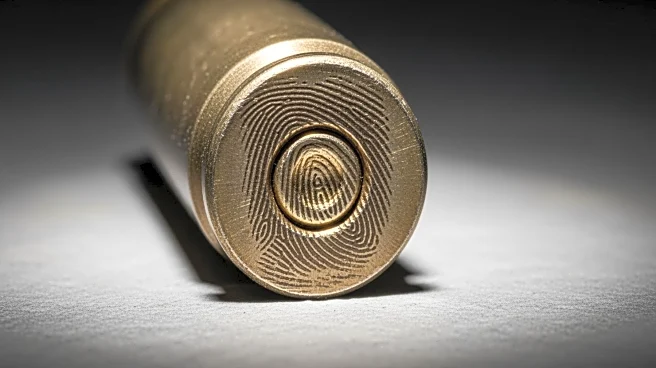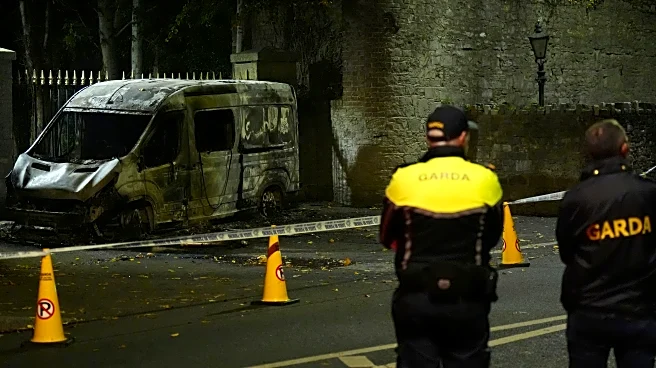What's Happening?
Researchers at Maynooth University in Ireland have developed a novel electrochemical method to recover fingerprints from fired ammunition casings, a task previously deemed nearly impossible due to the
extreme heat and friction involved in firing a gun. Dr. Eithne Dempsey and Dr. Colm McKeever have created a technique that uses a thin layer of specialized materials to reveal fingerprint ridges on brass casings. This method involves immersing the casing in an electrochemical cell and applying a small voltage, which deposits material between the fingerprint ridges, making them visible. The technique has shown success on samples aged up to 16 months, indicating its durability.
Why It's Important?
This breakthrough has significant implications for forensic science, particularly in criminal investigations involving firearms. Traditionally, the intense heat from firing a gun destroys any biological residue, making it difficult to link casings to individuals. This new method could change that, allowing law enforcement to potentially match casings to the person who loaded the gun, rather than just the firearm itself. The ability to recover fingerprints from metallic surfaces could expand forensic applications beyond firearms to other areas such as arson investigations. The development of a portable forensic testing kit using this method could further enhance its utility in the field.
What's Next?
The new technology will undergo rigorous testing and validation before it can be adopted by law enforcement agencies worldwide. If successful, it could revolutionize forensic investigations by providing a reliable method to recover fingerprints from ammunition casings, thereby strengthening the ability to link suspects to crime scenes.














